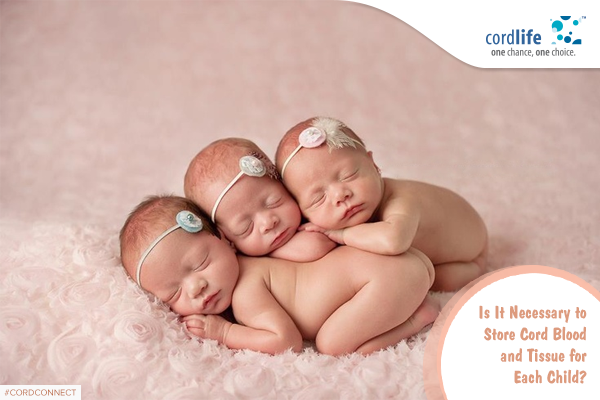Table of Contents
Recently, close friends Jayesh and Simran delivered a second baby boy, Kiann. Like responsible parents, they believed in their child’s healthy future and went for private cord blood banking in spite of having preserved the umbilical cord for their firstborn a few years ago. In just 3 months’ time, their newborn was diagnosed with osteoporosis. This is possibly a condition where Kiann’s bone formation could be at risk and may lead to a fatality. The couple were optimistic because they were told that stem cell transplantation could actually save their newborn’s life.
In the rarest of cases, when Kiann’s stem cells were taken for testing, the parents found out that Kiann’s cord blood cells contained the same genetic deficiency that caused his disorder. Jayesh and Simran were distraught. But there was light at the end of the tunnel. Precedence suggested that doctors could explore using donor cells from a close match. In order to treat a genetic disorder known as Fanconi’s anaemia, the first successful sibling-to-sibling cord-blood stem-cell transplant was performed in 1988.
There was hope yet for Kiann. Since Jayesh and Simran had opted to invest in storing their firstborn’s cord blood cells a few years ago, the doctors on testing that sample were able to get a reasonably compatible match. The doctors chose to go ahead with the stem cell transplantation and Kiann is now well on his way to recovery.
So the question that most parents spend a lot of time on is whether there is a need to store the cord blood and tissue for each individual child? In Jayesh and Simran’s case, the fact that they preserved the cord blood cells for both their children actually helped to save the life of their second born child.
According to the Parent’s Guide to Cord Blood Foundation, “Two full siblings have a 25% chance of being a perfect match, a 50% chance of being a half match, and a 25% chance of not matching at all.” However, Dr. Joanne Kurtzberg, MD, Program Director of the division of Paediatric Blood and Marrow Transplantation at Duke University Medical Center and one of the earliest to perform an unrelated cord-blood transplant in the U.S says, “One of the wonderful things about cord blood banking is that unlike bone marrow, you don’t always need a perfect match in order for it to work.”
Apart from the medical point of view of why one must consider storing the cord blood and tissue for both children, there is an additional take from a parenting perspective. By opting to bank the cord blood and tissue of a single child, most parents forget that it may lead to a regrettable situation where they may realize that they had made an unequal key medical decision.
Storing the stem cells of each child individually will allow you and your children access to a greater number of stem cells through which their future disorders and diseases can be cured. Dr. Jordan Perlow, MD, a maternal-foetal specialist in Phoenix, post attending medical conferences and having examined and analyzed findings about advances in stem-cell treatments now urges his patients to privately cord blood bank if they can meet the expense of it because he’s confident that it might save their child’s life or the life of another family member.
